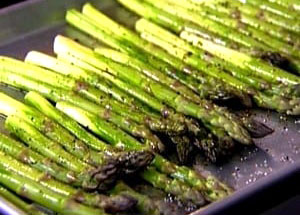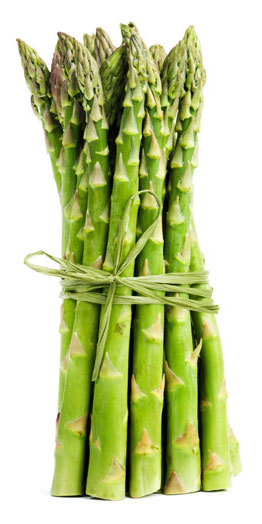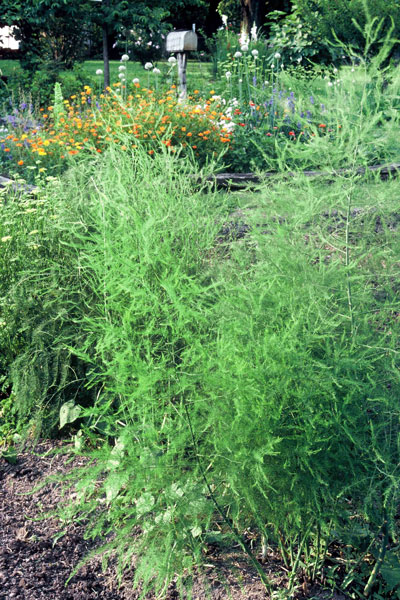Plant of the Week – January 14, 2021: Asparagus
I was amazed. When my wife and I were dating and I went down to meet her parents at their Ohio farm home south of Columbus I saw a big clump of asparagus growing out in the fence behind the smokehouse. I don’t think anyone did anything to care for it. They were consumed with farm chores. It just grew there on its own, much as Johnsongrass would grow in one of our fences. It supplied them with big, beautiful spears every spring.

Oh, if it were only that easy in Texas. I grew up here, and I’d never seen asparagus growing like that. I asked a few questions and some of my horticulture buddies told me that it loved the cold Ohio winters, kinda like rhubarb does. Except that with asparagus we at least have a chance here in Texas.
You need to choose vigorous 2-year-old roots of a superior variety (Jersey Giant, Jersey Knight, Jersey Supreme, UC-157, etc.) and plant them into well-prepared garden soil. Asparagus is a perennial, so it’s going to be in your garden for many years.

Space the rows of asparagus 5 feet apart, and space the plants within the rows 12 to 14 inches apart. The closer you space them the smaller the spears will be, but the greater the total yield will be. Plant asparagus on the side of your garden where the big plants won’t shade the rest of your vegetables.
Dig furrows 8 or 10 inches deep in sandy soil and 5 or 6 inches deep in heavier clay. Plant the roots at those depths and cover them with 2 inches of soil. As the crowns produce shoots, gradually fill in the furrows.
Asparagus benefits most from nitrogen fertilizer. That’s because nitrogen produces stem growth, so unless soil tests suggest that you need the middle number of the analysis (phosphorus), you should probably use an all-nitrogen plant food in late winter and again after harvest and in early summer.

Water your asparagus bed deeply and frequently. The plants will use a great deal of moisture. Mulching to prevent weed competition will also help conserve moisture.
Although you’ll want to be serving it so much sooner, you should not harvest spears from your asparagus until its third year in your garden. That will enable the plants to establish and produce well and still survive for strong harvests in following years.
Harvest the spears when they are 4 to 10 inches long. Harvest every other day so the spears don’t have a chance to become fibrous. Spears should be snapped at ground line or cut just below ground line. Stop harvesting when the spears are smaller than 3/8-inch in diameter.

For more information on growing asparagus in Texas gardens, here is a fact sheet from Texas A&M Extension horticulturist Joseph Masabni.
